Intro
As our furry companions age, their grooming needs may change. It’s important to adjust your grooming routine to cater to the specific needs of senior dogs. In this blog post, we will provide you with some valuable senior dog grooming tips to keep your old friend looking and feeling their best in Australia.
Understanding the Needs of Your Senior Dog
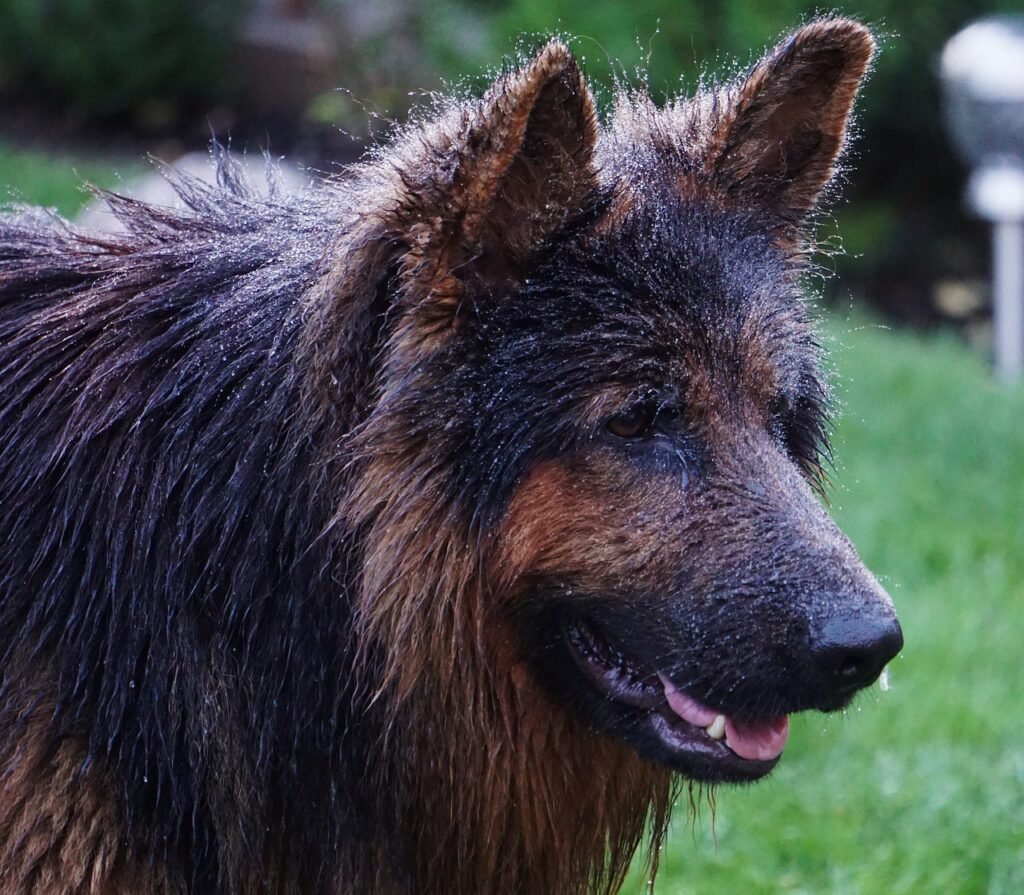
When our beloved dogs begin to enter their golden years, their grooming requirements evolve, necessitating a more thoughtful approach to their care. Senior canines, much like older humans, may encounter a range of age-related changes that impact their grooming needs. These changes can include more delicate skin, a thinner coat, and perhaps even health conditions like arthritis, which could make standing for extended grooming sessions a challenge. Recognizing and adapting to these shifts is crucial in ensuring that grooming remains a comfortable, stress-free experience for your aging companion.
Sensitivity is a key factor when grooming older dogs. Their skin may not be as resilient as it once was, making them more susceptible to irritation from harsh grooming products or tools. Opting for softer brushes and combs, and being extra gentle during brushing sessions, can make a significant difference in their comfort levels. Moreover, it’s vital to choose shampoos and grooming products that are specifically formulated for senior dogs, prioritizing those with moisturizing properties to combat dryness and irritation.
Another important aspect to consider is the potential mobility issues that senior dogs may face. For those with arthritis or other mobility challenges, prolonged standing during grooming sessions can be painful or even impossible. Creating a grooming environment that allows your dog to remain comfortable—such as using supportive mats or grooming tables with adjustable heights—can help accommodate their physical limitations. Additionally, incorporating breaks into the grooming process can give your senior pet a much-needed respite.
Understanding and addressing the unique grooming needs of senior dogs underscores our commitment to their well-being as they age. By adjusting our grooming practices, we not only ensure that our senior dogs look their best but also feel their best, reinforcing the special bond we share with our loyal, aging friends.
Choosing the Right Grooming Tools
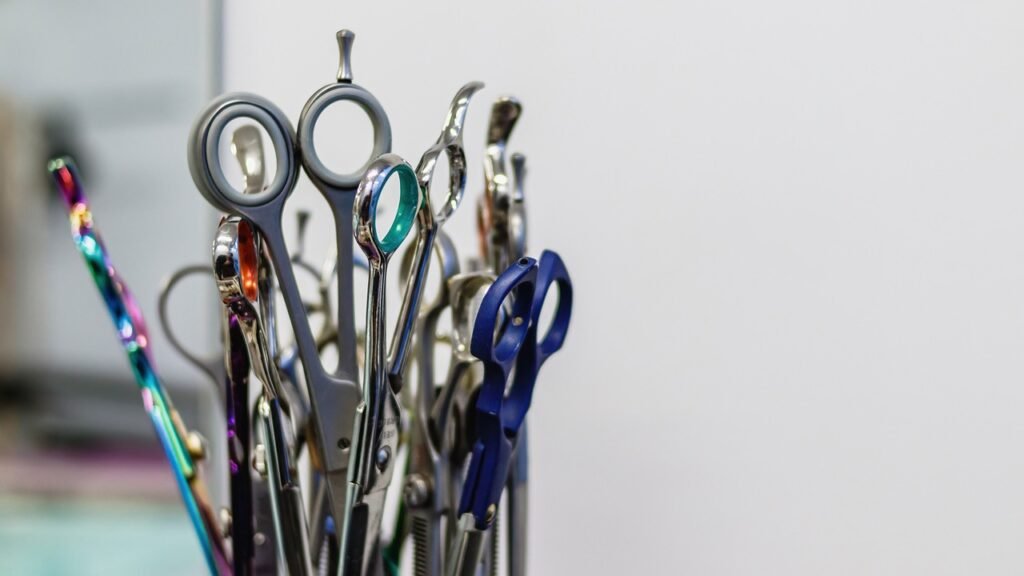
Navigating the wide array of grooming tools available can feel overwhelming, especially when you’re aiming to meet the unique needs of your senior dog. However, equipping yourself with the correct tools is crucial for ensuring a safe, comfortable grooming experience for your aging companion. In Australia, reputable pet supply stores like Petbarn and Petstock boast an extensive selection of grooming essentials tailored for senior dogs. Here’s what to look for:
Start with a high-quality pair of dog clippers designed for gentle precision. Clippers made specifically for senior pets often feature quiet motors to minimize stress and adjustable speeds to accommodate the varying thickness of your dog’s coat. When it comes to brushes and combs, opt for options with soft bristles or wide teeth to gently detangle without pulling on sensitive skin. A soft brush not only makes the grooming session more comfortable but also helps distribute natural oils throughout the coat, promoting a healthy shine.
Don’t overlook the importance of specialized nail trimmers. As dogs age, their nails can become more brittle and harder to trim. Look for nail clippers that offer a clean, precise cut to avoid splintering, and consider a nail grinder for a smooth finish that’s easy on their paws.
Lastly, remember the value of a comfortable dog grooming table, especially for pets with mobility issues. A table with adjustable height can significantly reduce the strain on your senior dog’s joints during grooming sessions.
By selecting the right grooming tools, you not only make the grooming process easier but also ensure it’s a positive experience for your senior dog. With these tools in hand, you’re ready to keep your senior dog looking and feeling their best, proving that age is just a number.
The Importance of a Regular Grooming Schedule

Adhering to a consistent grooming schedule for your senior dog isn’t just about keeping them looking sharp; it’s a fundamental aspect of their overall health and well-being as they age. Establishing a routine helps in multiple ways, from ensuring their coat remains free from painful mats and tangles to minimizing excessive shedding that can lead to hairballs around your home. More than a beauty regimen, regular grooming sessions become a proactive measure to identify any emerging health concerns.
During these grooming moments, you have the unique opportunity to inspect your senior pet closely. You’ll become familiar with their skin condition, note any changes in their coat texture, and spot new lumps or skin irregularities that may require veterinary attention. It’s these details that often go unnoticed but can be crucial indicators of underlying health issues.
Furthermore, a consistent grooming routine offers emotional benefits for your senior dog, strengthening the bond between you and your pet. These sessions can transform into comforting experiences for them, filled with gentle touches and quiet moments, providing reassurance and a sense of security.
Remember, the key to a successful grooming schedule is flexibility. As your dog ages, their tolerance for lengthy grooming sessions may decrease. Be prepared to adapt, possibly breaking down grooming into shorter, more frequent sessions to accommodate their comfort needs.
In essence, committing to a regular grooming schedule is an act of love and care. It’s about more than just aesthetics; it’s a critical component of maintaining your senior dog’s health and happiness, ensuring they feel their best both inside and out.
Bathing Your Senior Dog with Care
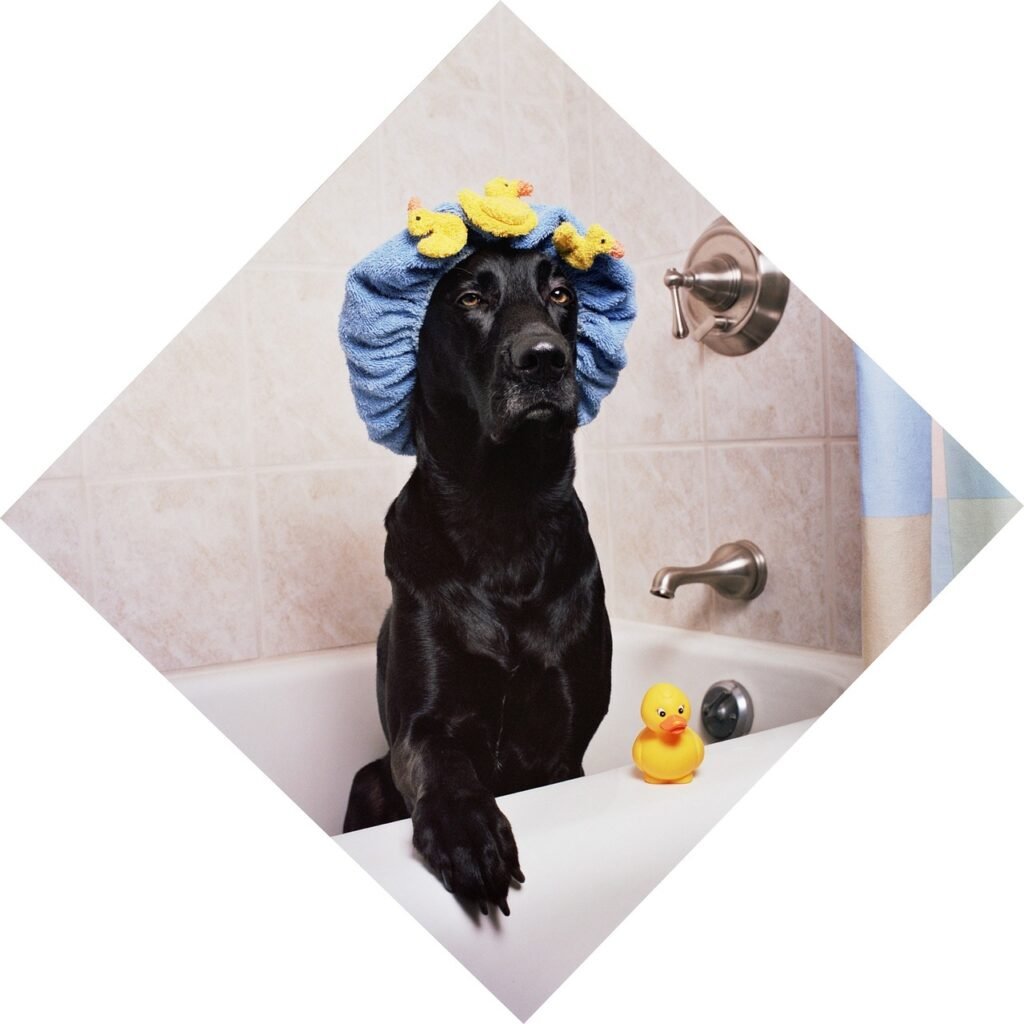
Bathing is an essential aspect of maintaining your senior dog’s grooming routine, but it requires a delicate touch and a bit of know-how to ensure it’s a positive experience for your furry friend. The skin of older dogs tends to be more sensitive, making the choice of shampoo critically important. Opt for a mild, moisturizing shampoo specifically designed for senior dogs to keep their skin hydrated and prevent irritation. It’s also beneficial to incorporate a conditioner that can help maintain the coat’s health, leaving it soft and manageable.
Water temperature is another key factor to consider when bathing your senior pet. Aim for lukewarm water to avoid shocking their system or exacerbating any existing joint issues. A gentle approach is paramount; massage the shampoo into their coat with care, avoiding vigorous rubbing that could discomfort their delicate skin. Pay special attention to rinsing, ensuring no shampoo residue is left behind, as this can lead to itchiness and discomfort.
Frequency of baths should be moderated according to your dog’s specific needs and lifestyle. Over-bathing can strip their coat of natural oils, leading to dry, flaky skin. Typically, bathing your senior dog once every couple of months is sufficient, though this can vary based on their activity level and the environment they live in. Always dry your senior dog thoroughly after their bath, using a low heat setting on the dryer or a soft towel to pat them dry gently. This not only keeps them comfortable but also helps prevent any post-bath chills.
By embracing these gentle and mindful bathing practices, you can ensure that bath time remains a soothing and enjoyable experience for your senior dog, contributing to their overall well-being and grooming routine.
Nail Care for the Elderly Canine
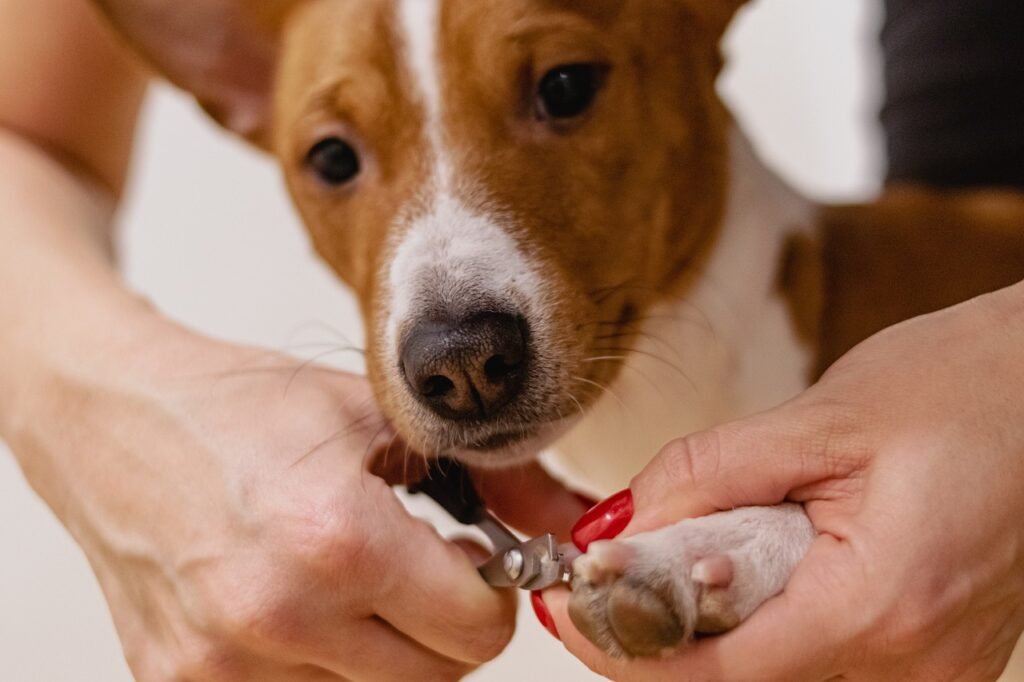
Maintaining the nail health of your senior dog is a crucial part of their grooming routine that cannot be overlooked. As our furry friends age, their nails can become thicker and more prone to splitting, making regular trims not just a matter of cosmetics, but of comfort and mobility. Ensuring that your elderly canine’s nails are kept at an appropriate length will help prevent issues such as ingrown nails, difficulty walking, and potential pain from nails pressing into their paw pads.
Embarking on nail trimming with a senior dog requires a gentle approach and the right tools. Opting for a pair of sharp, high-quality nail clippers or a nail grinder designed for dogs can make the process smoother and more comfortable for both you and your pet. Nail grinders are especially beneficial for thick, brittle nails, as they allow you to gradually shorten the nail without the risk of splitting or cracking.
It’s also beneficial to introduce a sense of calm and positivity to the nail trimming experience. Speaking in a soothing tone and rewarding your dog with treats during and after the process can help associate nail trimming with positive outcomes.
However, if you feel uncertain or notice that your senior dog is particularly anxious or resistant to having their nails trimmed, seeking professional assistance is a wise choice.
Mobile dog grooming services or your local veterinarian can provide nail trimming with the expertise and care needed to ensure your senior dog’s comfort and safety. Engaging a professional not only takes the stress out of nail care but also gives you peace of mind, knowing your senior dog’s paws are in good hands.
Oral Hygiene for Aging Dogs
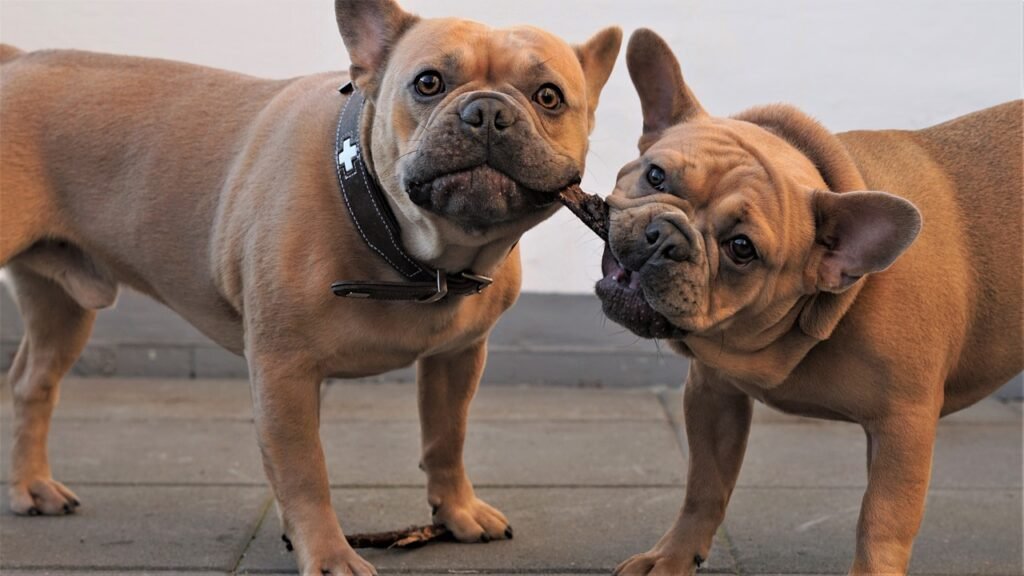
Maintaining good oral hygiene in senior dogs is not just about fresh breath; it’s crucial for their overall health and quality of life. As dogs age, they become more susceptible to dental issues such as tartar buildup, gum disease, and tooth loss, which can lead to more serious health complications if left unchecked. Regular dental care, therefore, becomes an indispensable part of your senior dog’s grooming routine.
Brushing your dog’s teeth might seem daunting at first, but with patience and the right approach, it can become a bonding experience for you both. Start by choosing a toothbrush designed specifically for dogs and a pet-safe toothpaste, ideally with a flavor that your dog enjoys. Gradually introduce toothbrushing to your senior pet, beginning with short sessions and plenty of positive reinforcement. Aim to brush their teeth several times a week to effectively combat plaque and prevent dental disease.
In addition to brushing, dental chews and toys can play a supportive role in your dog’s oral health regimen. These products are designed to help reduce plaque and tartar buildup through the natural action of chewing. However, it’s important to select chews that are appropriate for your senior dog’s dental condition and overall health. Always supervise your pet during chew time to ensure they’re safely enjoying the benefits.
Remember, while at-home dental care is essential, it’s also important to have your senior dog’s teeth checked regularly by a veterinarian. Professional dental cleanings may be necessary to remove any tartar buildup and address any dental issues that cannot be handled at home.
By incorporating these oral hygiene practices into your senior dog’s grooming routine, you’re not just caring for their teeth; you’re taking a proactive step towards maintaining their health and happiness in their golden years.
Professional Grooming Considerations
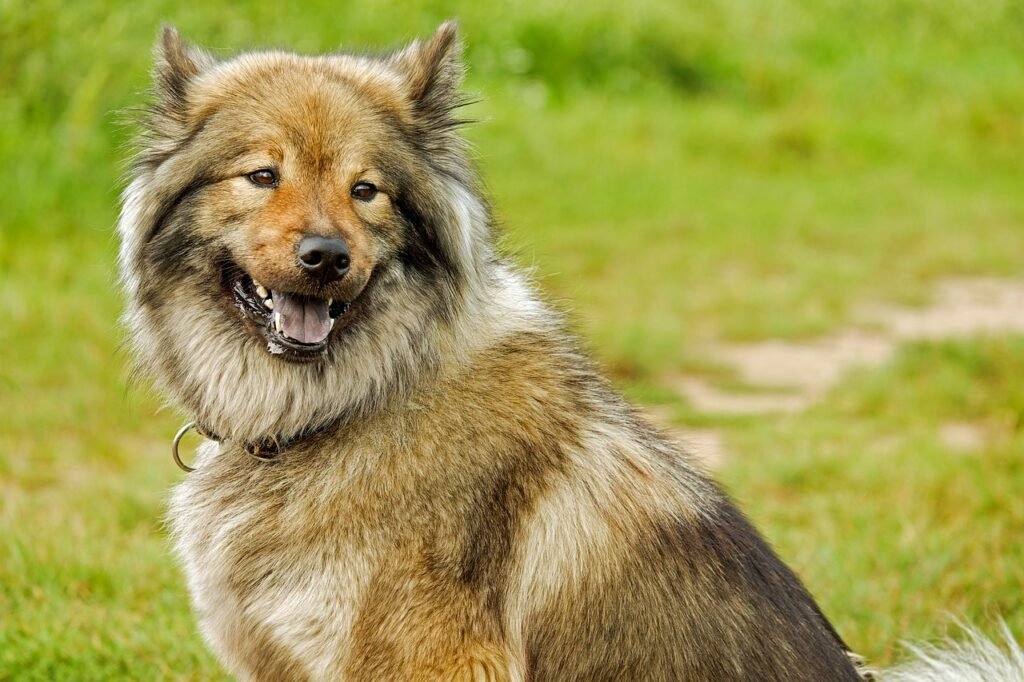
Navigating the grooming needs of a senior dog can sometimes pose challenges that go beyond the comfort of home care. When your elderly pet’s grooming demands become complex or if you’re uncertain about how to address their specific needs, turning to a professional groomer can be a wise and caring choice. In Australia, mobile pet grooming services offer a particularly convenient solution, bringing the expertise directly to your doorstep, thus eliminating the stress and logistical issues of transporting your senior dog to a salon.
A professional groomer is equipped with not only the right tools but also a deep understanding of the different requirements senior dogs have. They’re trained to handle fragile skin with care, manage coats that may be thinning, and recognize signs of discomfort or stress in your pet. With their skillful approach, they can ensure a thorough grooming session that respects the limits and needs of your aging companion.
These experts are also adept at spotting potential health concerns that may not be immediately visible to the untrained eye, such as unusual lumps, skin issues, or signs of discomfort that could indicate a need for veterinary attention. Their keen observations can serve as an early warning system, helping you keep your senior dog in the best possible health.
Choosing professional grooming for your senior dog doesn’t just alleviate the physical demands of grooming; it brings peace of mind, knowing your beloved pet is receiving care that’s both gentle and tailored to their stage in life. It’s a thoughtful step towards ensuring their golden years are as comfortable and joyful as possible.

